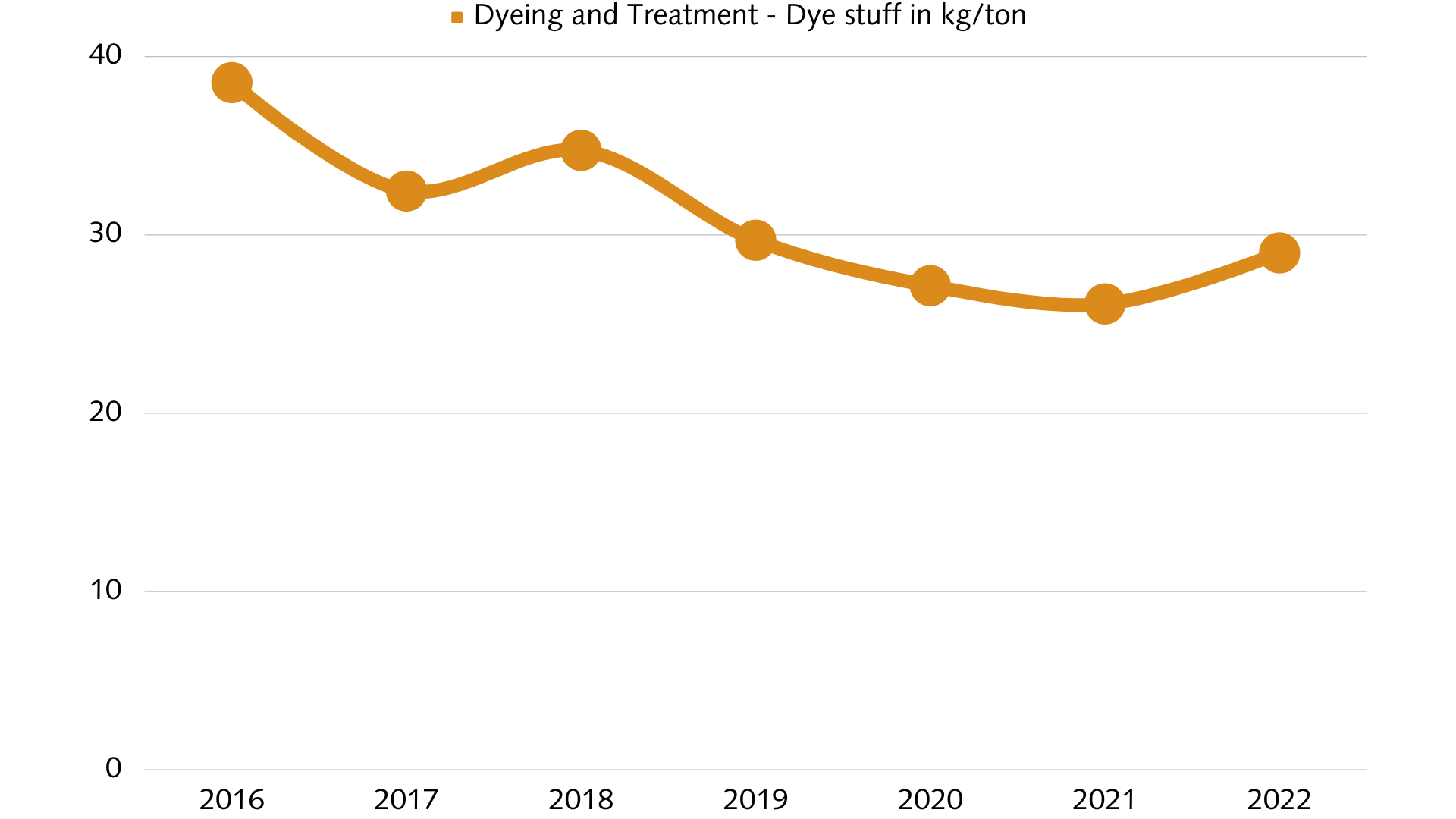INNOVATION
Good Things Come Back
The Karma Project
Each day sees the production of countless garments worldwide. However, many companies grapple with the disposal of unsold pieces or those left from previous seasons. Addressing this challenge, an innovative initiative was conceived, breathing new life into old wool garments.
So, how does it all come together?
The process begins with the unsold seasonal textile leftovers, which are sent to partners in Italy. These wool garments are then broken down into fibres. This reprocessed woolen fleece is then spun anew into high-quality yarn, effectively transforming old into new.
The benefits of this sustainable approach are manifold. The most significant is the creation of a closed-loop system for wool, a limited raw material. This project promotes eco-friendly production that forgoes water and dye usage, ensuring a 100% recycling procedure.
Further, efforts are underway to expand the project’s scope to utilise waste generated from different production stages or post-consumer products. For instance, shredding 100% wool sweaters and combining it with virgin raw-material – be it wool or polyamide – can result in new, high quality yarn.
The project is collaborating closely with Südwebs (Südwolle Group’s competence center for innovation and certification and sustainability) as part of our Sustainability work. Once this is successfully completed we want to certify the process based on GRS Standard to offer fully traceability to all step of the material process.
In essence, the Karma Project is a testament to sustainability, closing the loop on wool production, and paving the way for a more sustainable future in the textile industry.
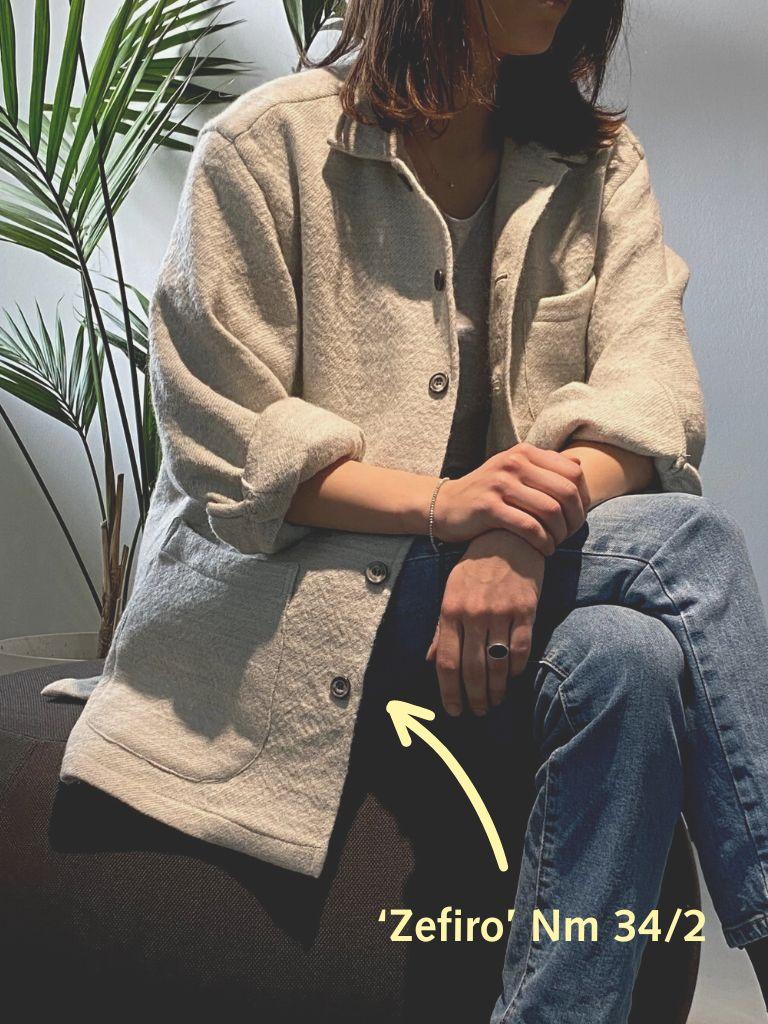

Driving the Textile Transformation
BYBORRE Create™
BYBORRE marries technology and craftsmanship to future-proof the textile industry. Since 2015, industry leaders worldwide across fashion, sportswear, interior, and automotive have utilized the BYBORRE Create™ textile design tool to engineer high-performance textiles from the yarn up, instill a brand-aligned aesthetic, and regain control over their environmental footprint. As of 2022, brands can also explore and sample from a library of BYBORRE Textiles™. The goal is to make responsible textiles available to an entire generation of creators. Whether through Create™ or Textiles™, you can leverage industry innovations and maintain control over aesthetics, functionality, and the impact your textile has on our planet. Create™ was honored with the Dutch Design Award in 2021 in the ‘Product’ category.
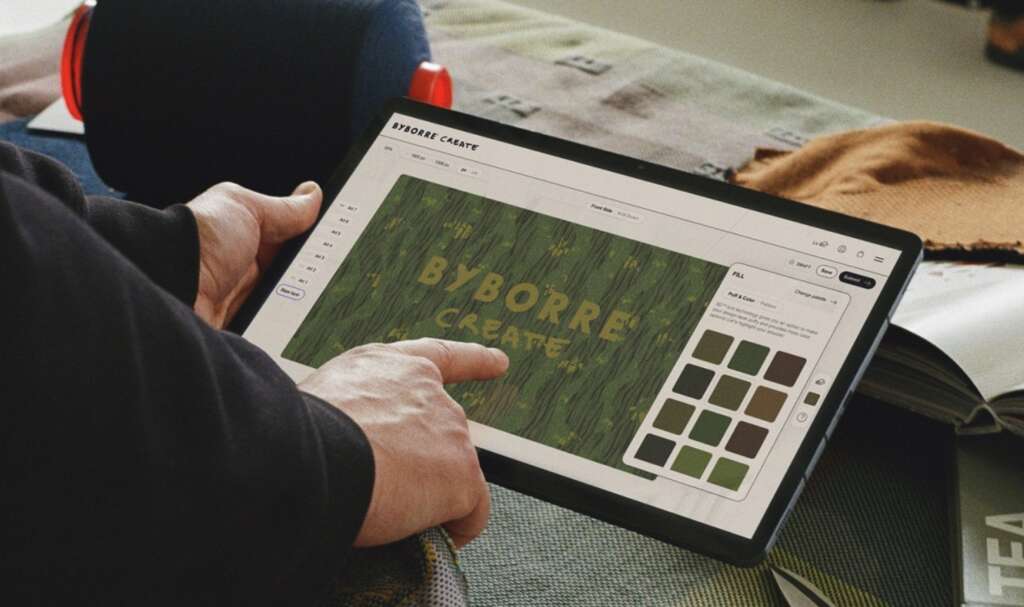
Step 01
Make conscious decisions by selecting from an array of textile compositions both Create™ and Textiles™ provide you instant access to a library of responsible textiles suitable for furniture, apparel, automotive, and other applications. You can choose from a variety of carefully curated compositions ranging from recycled and zero-microplastic synthetics to natural fibers such as merino wool or bio-cotton. Weights range from 150-1000 GSM.
Step 02
Have the creative freedom to add your brand DNA Create™ makes it effortless to express your brand through textiles and to integrate your brand’s DNA. Use your custom artwork to play with textures and colors to make your textile uniquely yours. Applying your custom artwork is only available through Create™.
Step 03
Iterate quickly and produce at scale. Submit your designs in Create™ or select your BYBORRE Textiles™, and they knit your sample in no time in our knit lab, sending them your way within two weeks. Once you’re ready to proceed with your sample, you can place a production order with a low minimum order quantity at competitive prices. From there, they oversee the production using their worldwide transparent ecosystem of suppliers and factories.
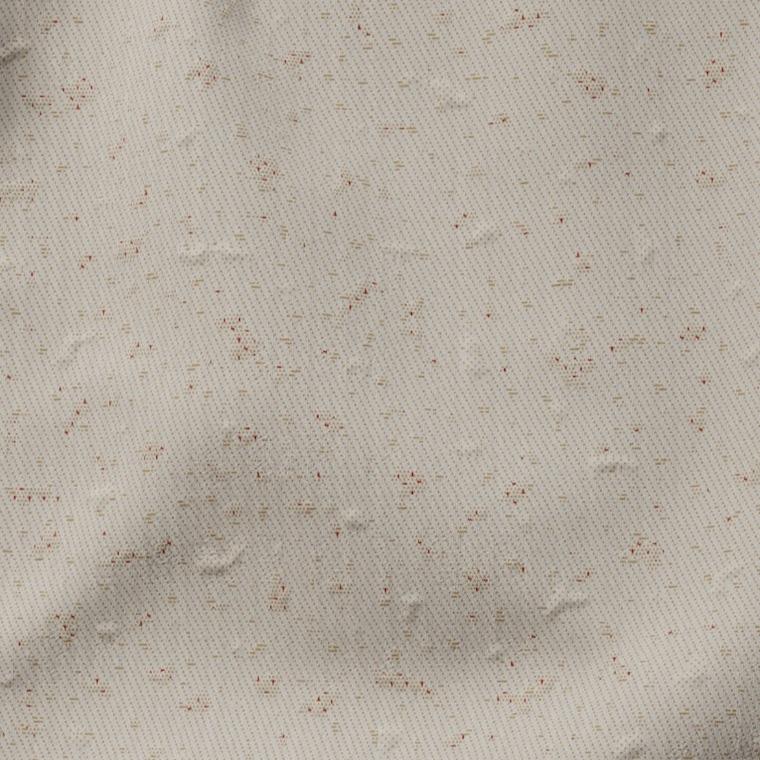
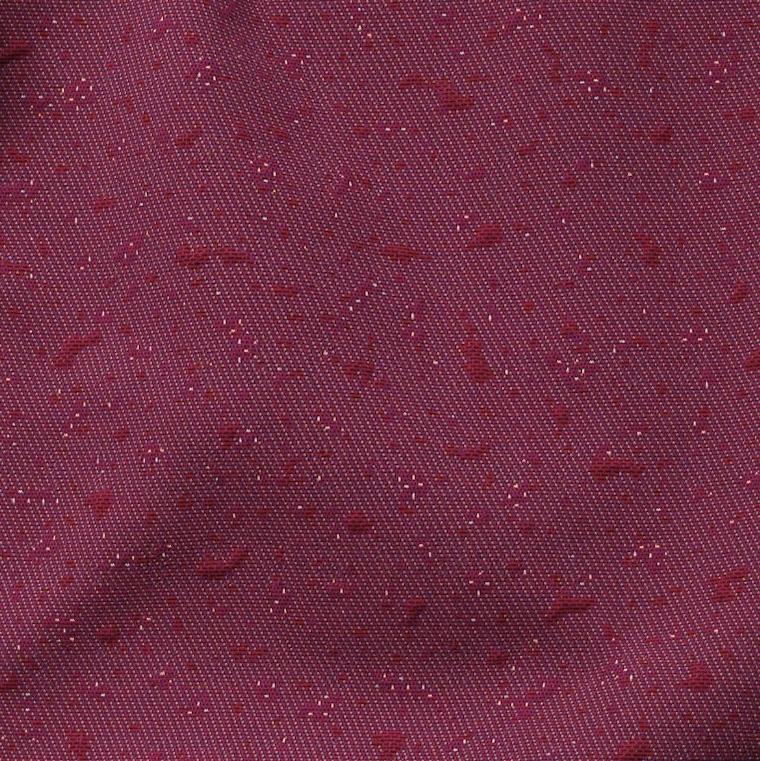
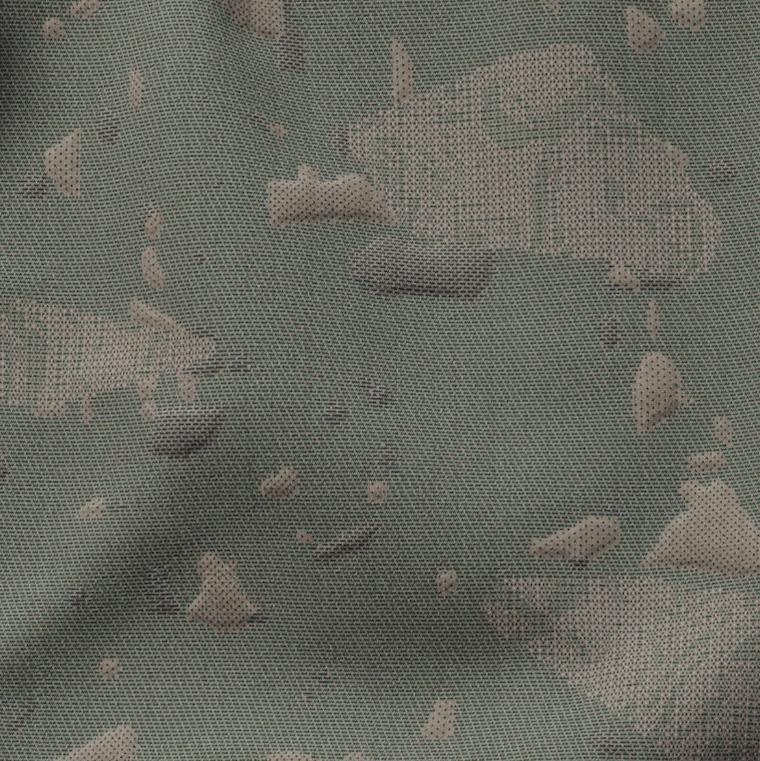
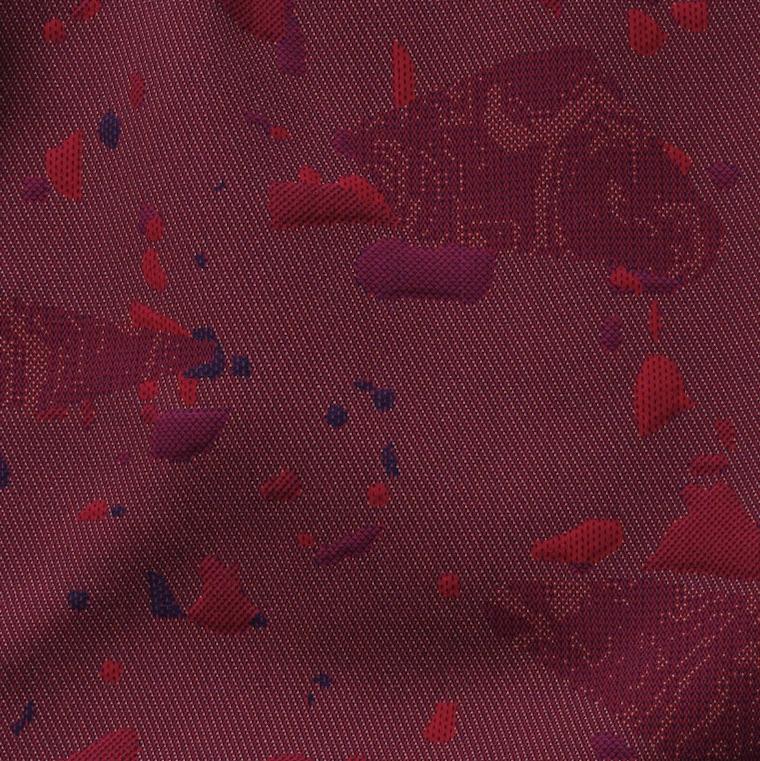
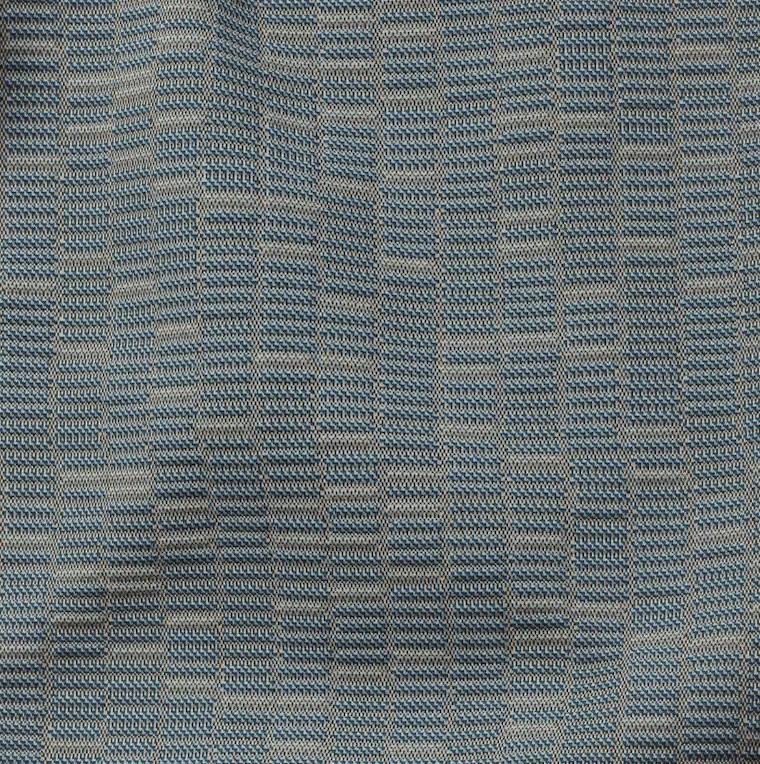
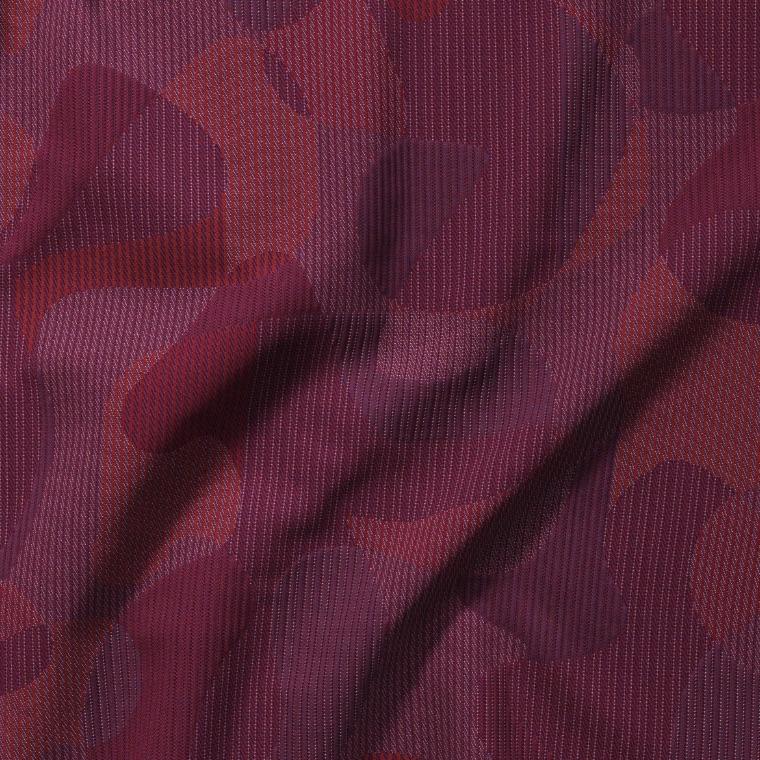
A Remarkable Journey
The Innovation of Alginate Fibre
From its inception in 2004, a dedicated research and development team navigated an extraordinary journey, achieving milestones in alginate fibre development. They developed unique spinning technologies, manufactured large-scale production lines, and enhanced fibre strength through successive generations of production technology. This progress culminated in 2018 with the establishment of a large-scale production facility, Qingdao Yuanhai New Material Technology Co., Ltd.
Extracted from natural plant components, alginate fibre stands out for its biocompatibility and degradability. It offers a robust antibacterial rate, mold-proof functionality, and remarkable flame-retardant performance without additives. Its high moisture regain rate and strength offer a silk-like feel and the flexibility to blend with other fibres. The fibres high absorptivity, gel obstruction performance, hemostasis, and moisture preservation make it ideal for biomedical applications.
Distinctly, the raw material for alginate fibre is sourced entirely from ocean seaweed, eschewing the consumption of land resources. This fibre, complying with international standards, can be processed into yarn, fabric, and clothing. With its unique properties, including bacteriostatic, mold-proof, flame-retardant, and high comfort attributes, alginate fibre is making waves in the textile industry, all without any functional additives.
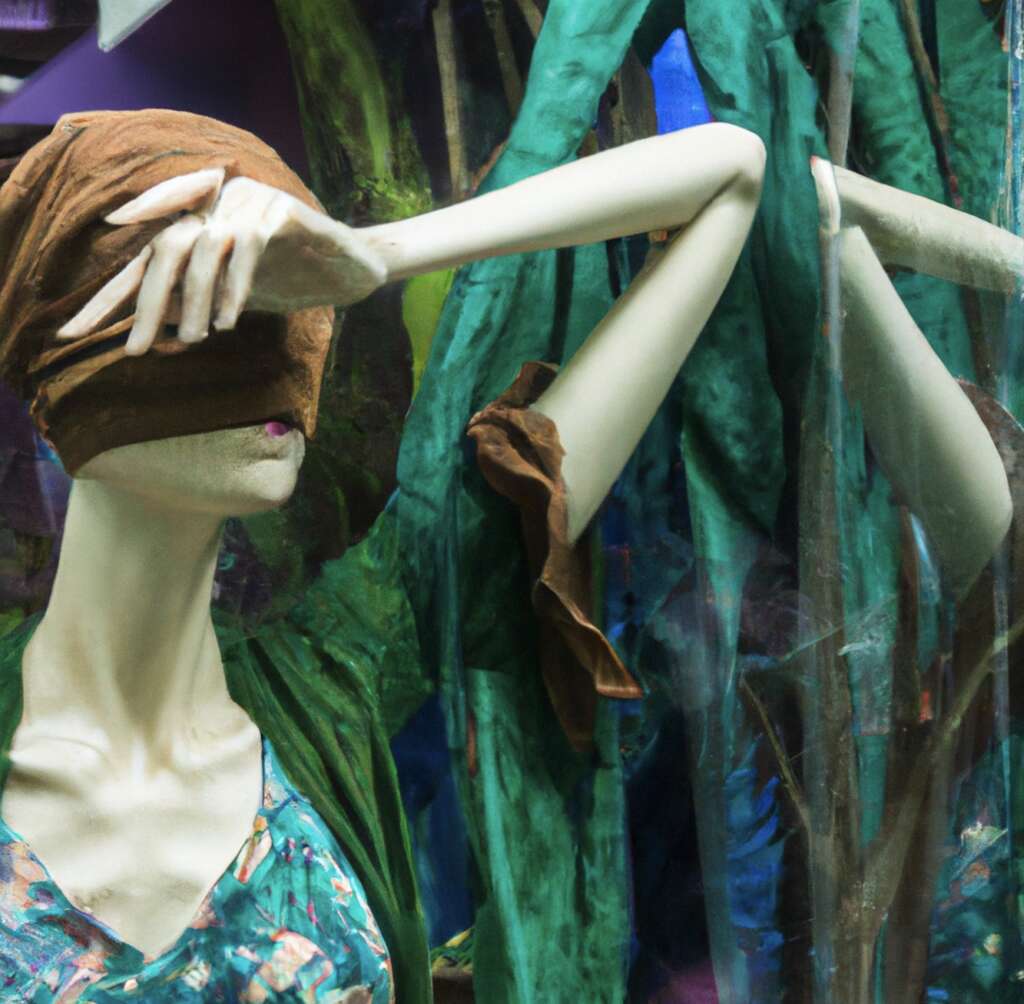

You don’t know how to start a supply chain?
By joining our network you gain access to a wealth of experience in the industry so we can guide your first steps into starting your own enterprise. Our textile engineers will help bring your ideas to life by supporting your supply chain creation and collaborating with your project when you need a helping hand. From sourcing raw materials to entering the industry’s network, we’re here to shed light on all you need to know and provide a dash of inspiration.
ENVIRONMENT
New Dyehouse in Germany
Change Comes in Many Colors
Rifa (Richter Färberei & Ausrüstung) is part of Südwolle Group since 2014 and specialized in the dyeing process and treatment of wool, silk and man-made-fibres.
With the following goals in mind Rifa took on the challenge of building up a new dyehouse:
- fully digitized and automated production with highest standard in ergonomic comfort for the people working there
- possibility to dye all products and qualities in flexible batch sizes
As soon as construction is done and the production is running smoothly, we are expecting the following ecological and economical savings during the dyeing process:
- 45% less fresh water cosumption which will lead to an estimated yearly saving of 60.000 m³
- 40% less electricity which lead to an estimated yearly saving of 400.000 kWh
- 18% less steam during production which leads to an estimated yearly saving of 1.500 MWh in gas
Starting in 2023, Rifa’s dyehouse will rely entirely on renewable electricity, leading to a remarkable 799.4-ton CO2 savings certified by TÜV Rheinland.
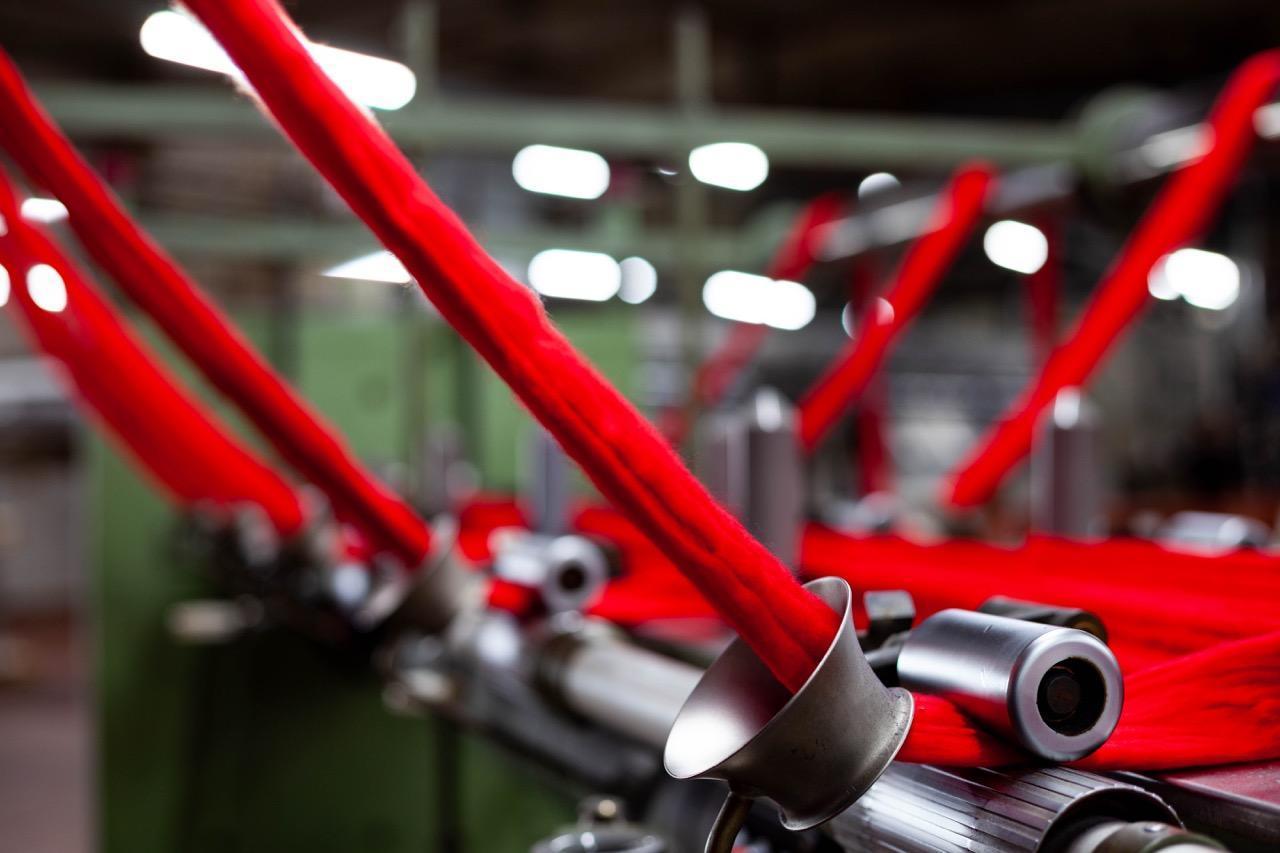
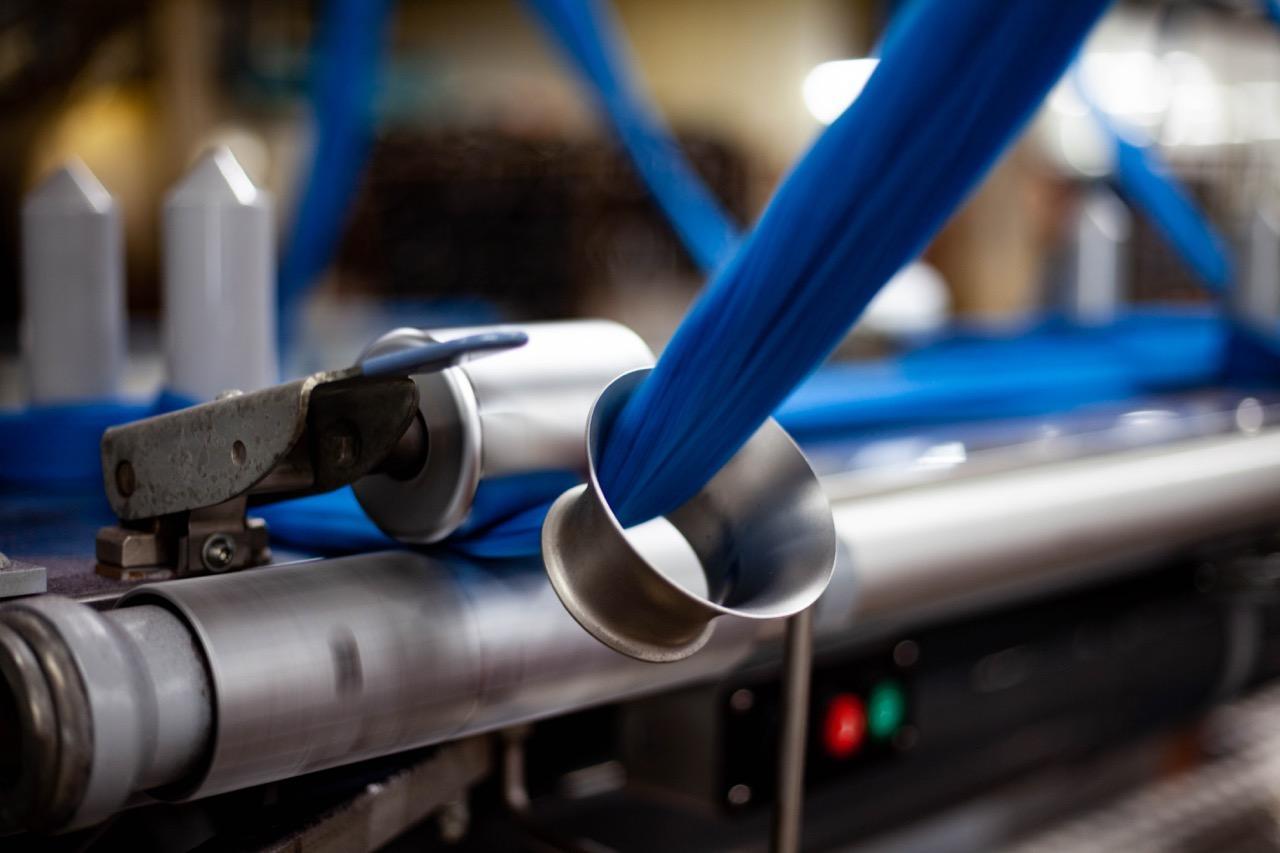
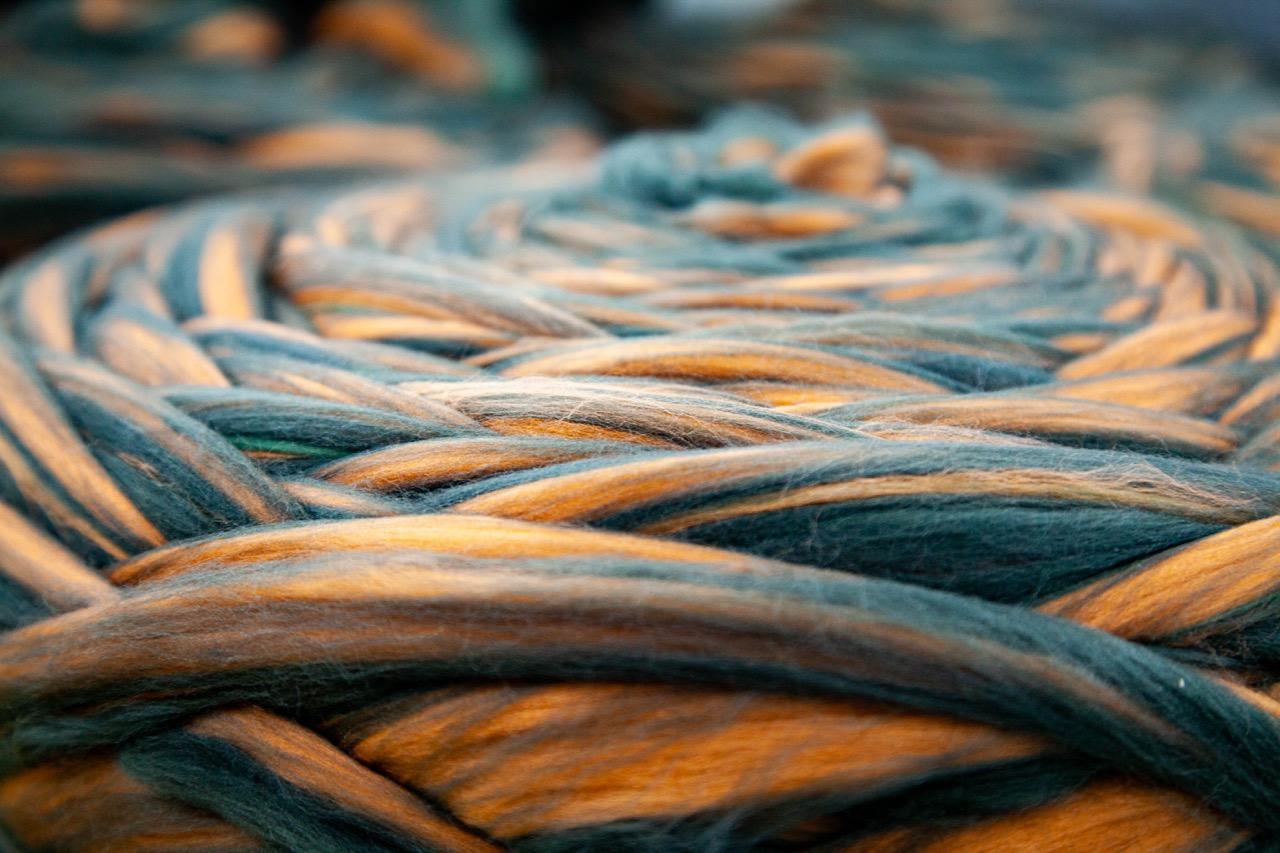
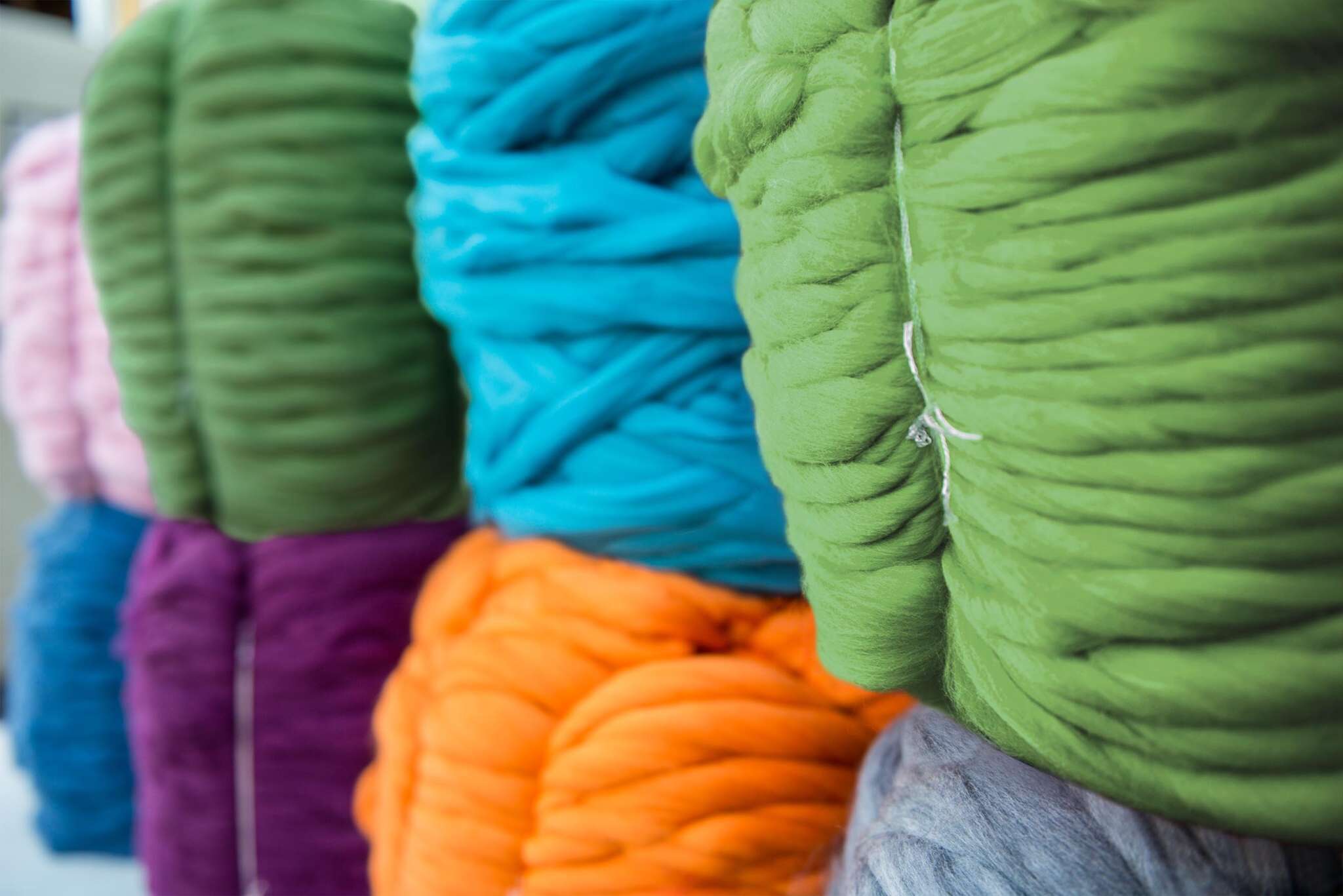
The Future of Sustainable Wool
ZQRX's Contribution Towards Reduced Emissions
Farm Level Measurements ZQRX Wool Emissions
Based on the Life Cycle Assessment (LCA) studies completed by thinkstep-anz over the past decade the New Zealand Merino Company (NZM), has developed an indication of typical environmental impact for NZM wool products. ZQRX was developed by NZM to meet ever-growing consumer demand. ZQRX is a regenerative agriculture index that helps farmers work with nature to continuously improve human, animal and environmental outcomes.
Südwolle Group Wool Batch Emissions
The cradle-to-gate LCA works to estimate emissions for different wool producing systems.
It has categorised the growers supplying wool for this batch of our BlueSky, 100% ZQRX Merino wool yarn into the different wool producing systems, and applied the relevant emissions factor to generate an average emissions intensity across this specific batch wool.
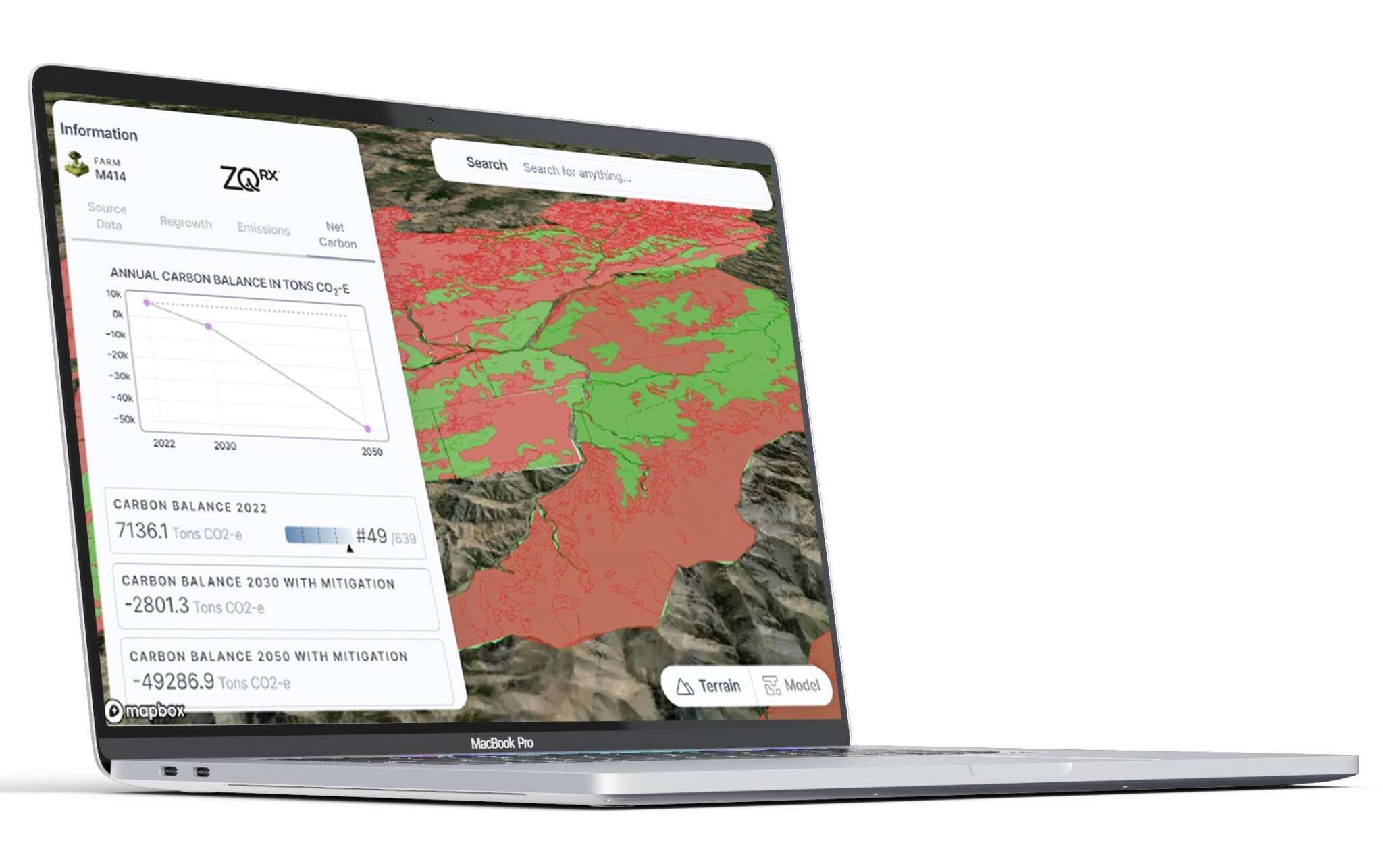
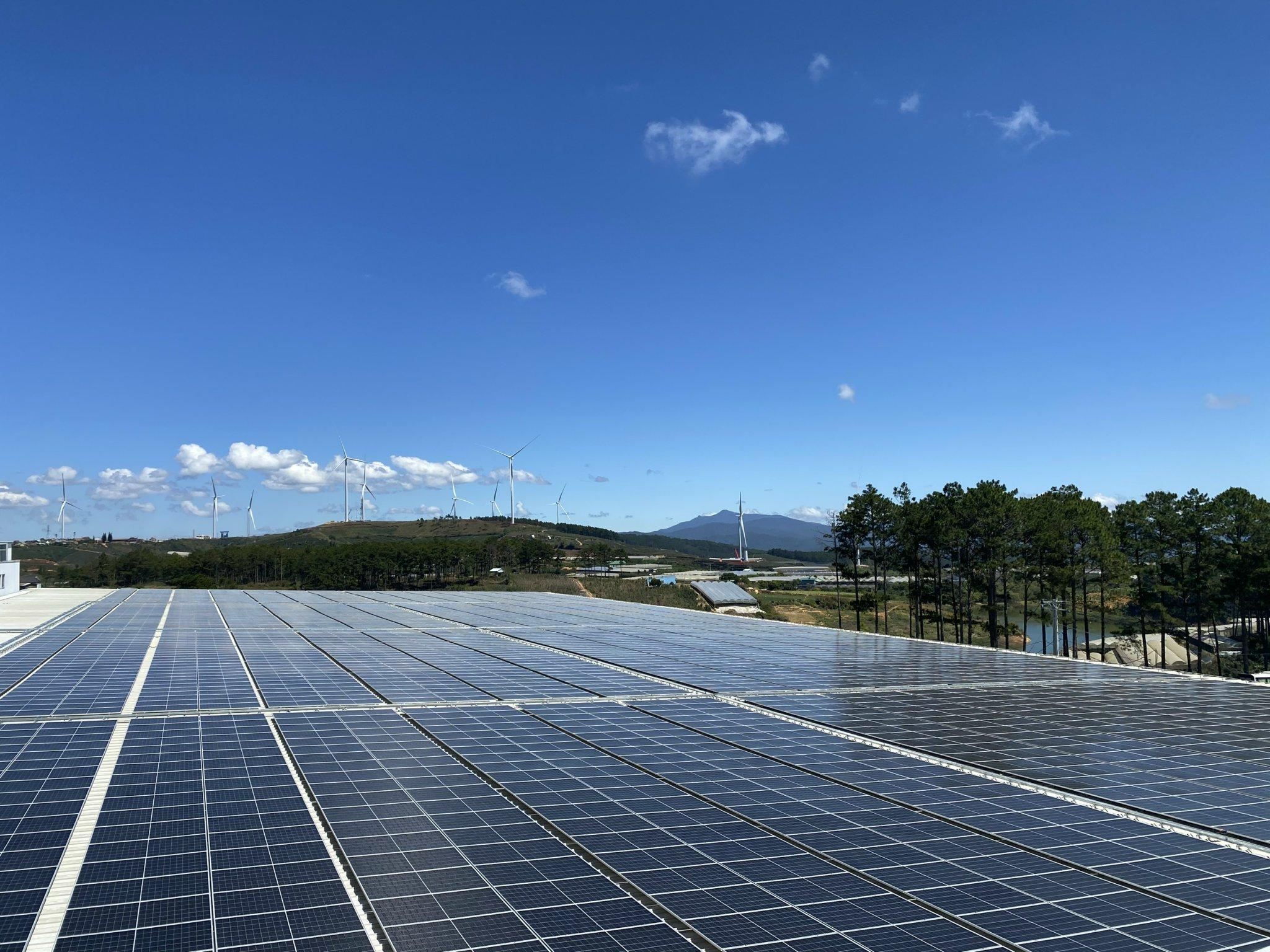
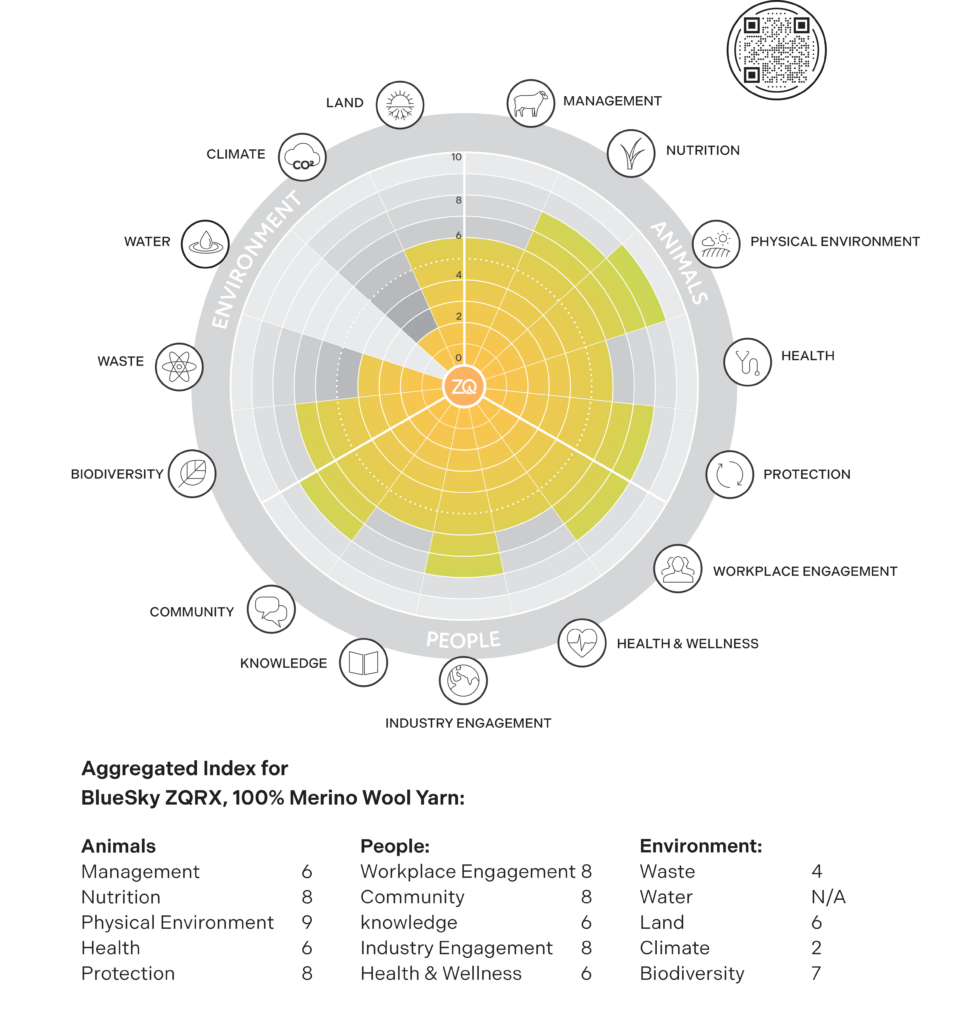
Future Focus
ZQRX is working on accounting guidance and participated in a GHG Protocol pilot, which aims to provide suitable data for organizational carbon footprints, not product footprints. However, product footprints require additional requirements and assurances and will likely continue on a case-by-case basis.
Product Application
Brands can reduce the carbon footprint of the wool they source through the ZQRX platform’s traceability and data, with assistance from The New Zealand Merino Company in offsetting emissions and creating appropriate communications.
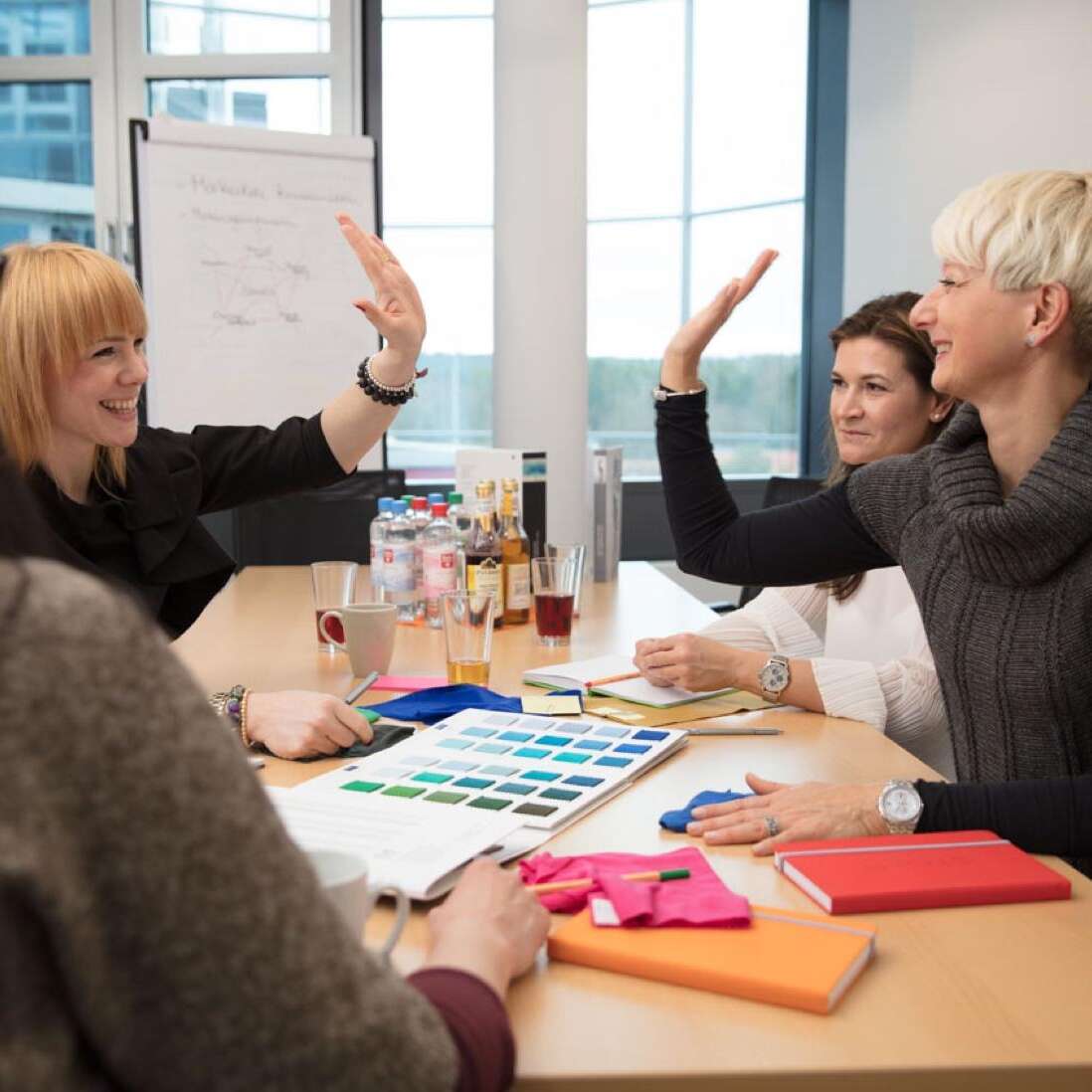
Interested in a collaboration?
If you’re not sure where to start, we can connect you with one of our supply chain managers to find the right innovation for your business.
PEOPLE
Uniting the Textile Value Chain
Südwolle Group Collaboration with Lenzing Group Showcases Wool's Potential
September 2022, we joined forces with Lenzing Group, a leader in sustainable fibers, to demonstrate the benefits of wool products and wool blend TENCEL™ fibre products to prominent players in the Chinese sports market.
Together, we invited 35 customers, including first-tier brands and strategic mills, to experience the unique advantages of wool firsthand.
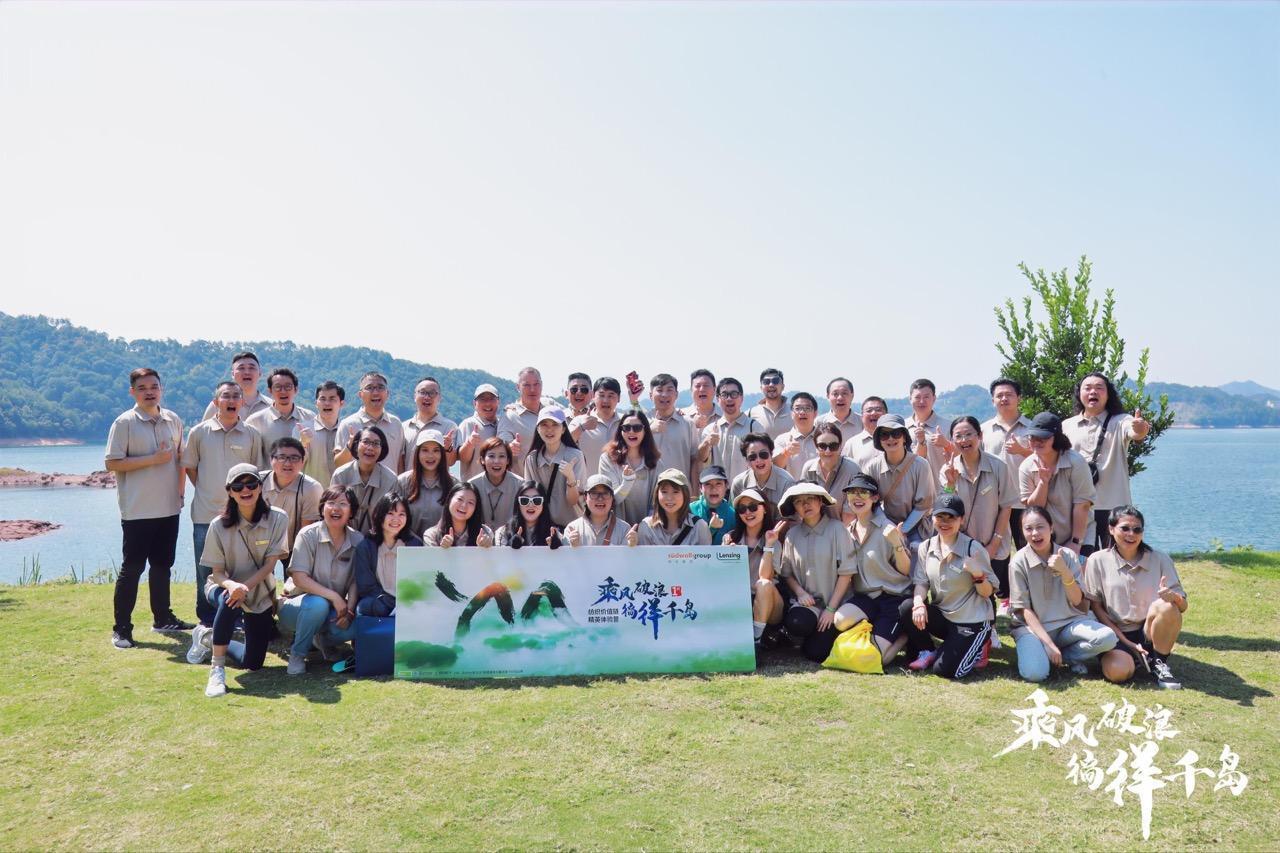
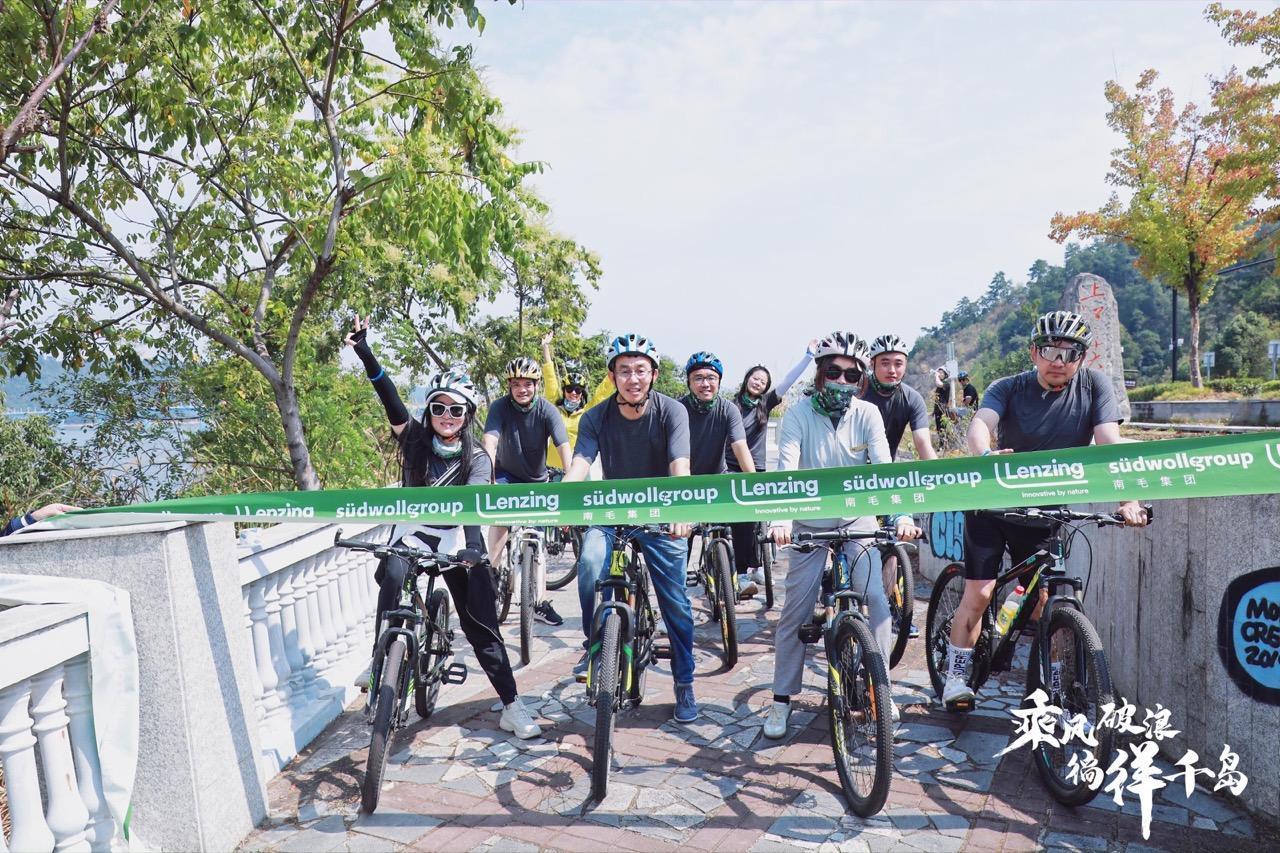
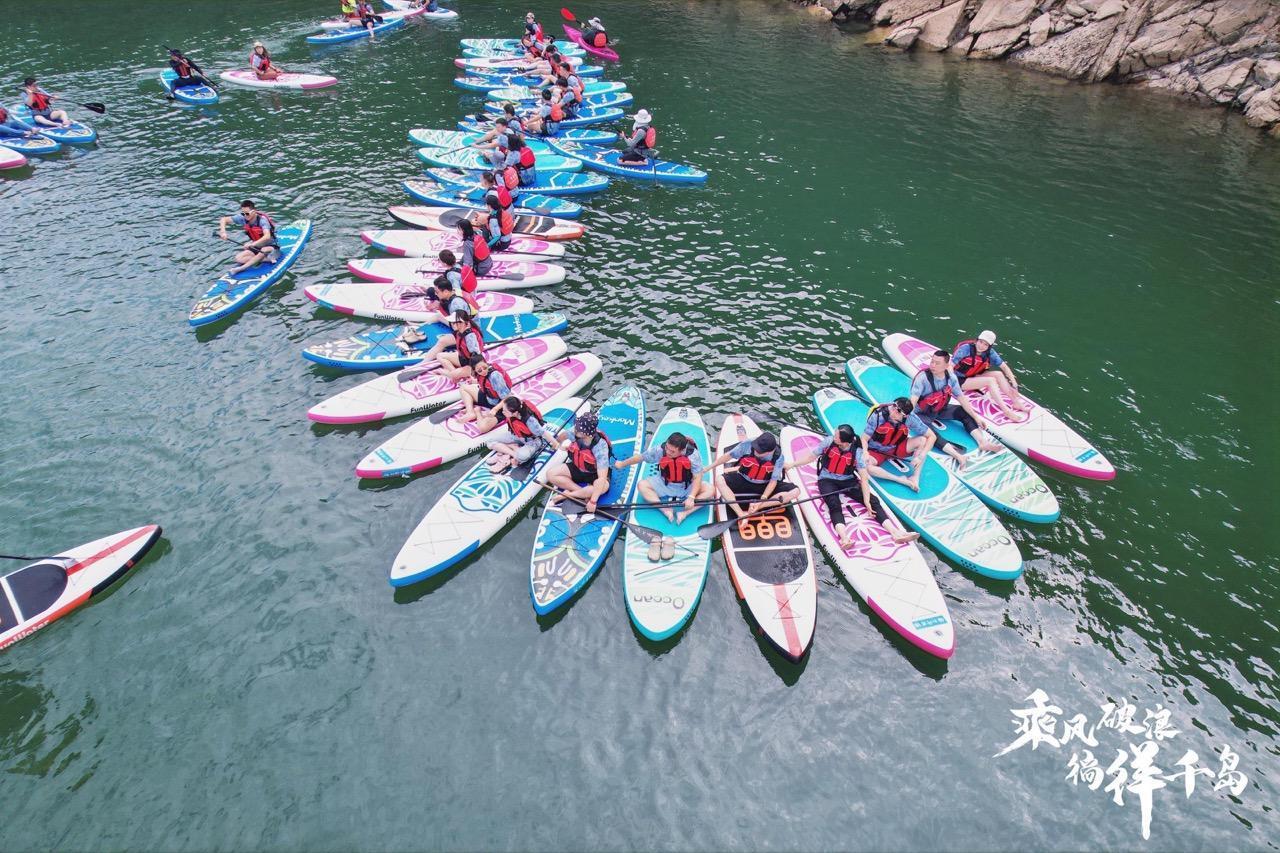
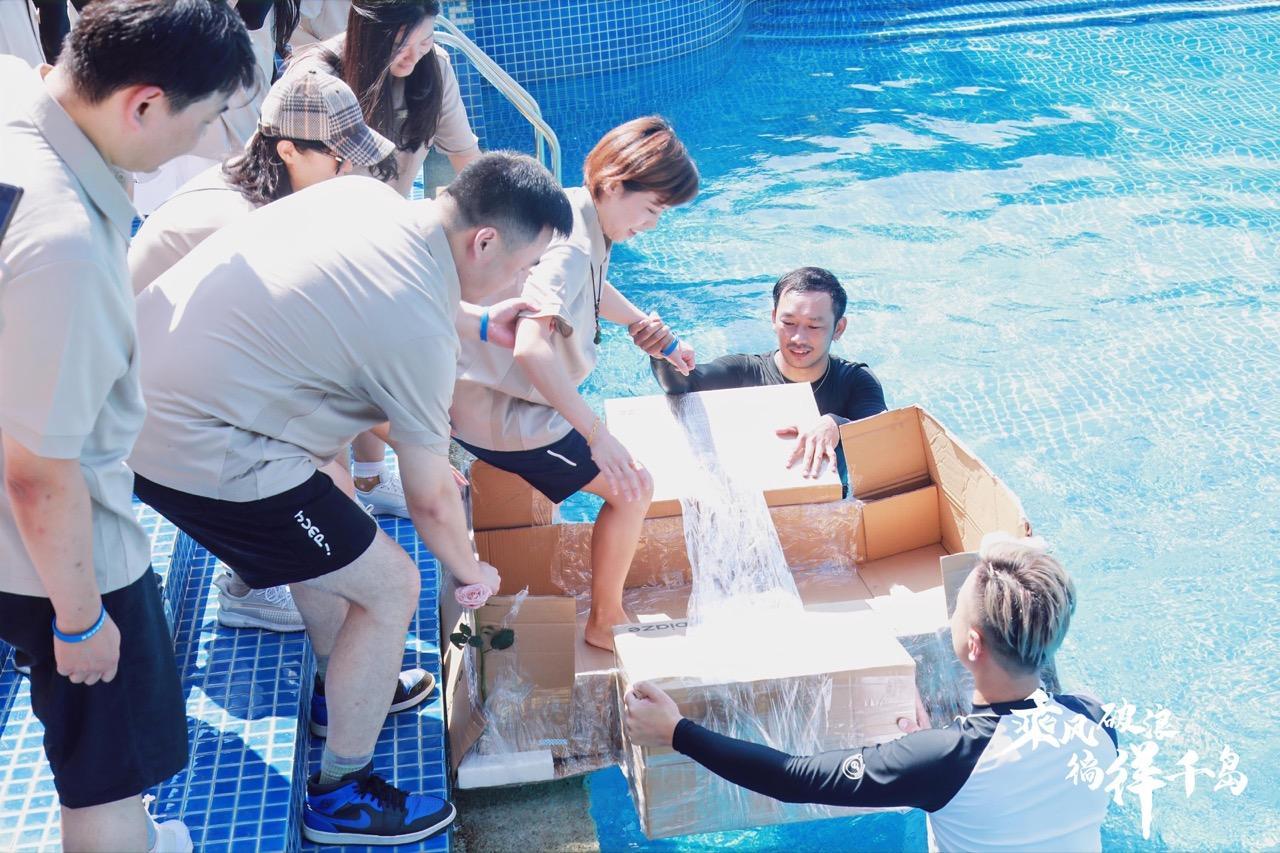


By loading the video, you agree to Vimeos's privacy policy.
Learn more
This joint event bridged the upstream and downstream sectors of the value chain, fostering cooperation and creating business opportunities. Furthermore, it paved the way for brand-building initiatives, reinforcing our reputation as industry leaders in sustainable and innovative wool production.
With the positive response received from the first event, we will continue to organise such value chain activity, aiming to continue strengthening industry connections and showcasing the versatility, comfort, and sustainability of wool products to an even broader audience.
Embracing Sustainable Commutes
Our Colleagues Opt for Bicycles
In the picturesque landscapes of Germany, a group of 25 colleagues at our company decided to embrace sustainability by choosing to commute by bike. Fondly called “The Green Cyclists,” they were motivated by their desire to reduce their carbon footprint and contribute to our eco-friendly goals.
Over the course of a year, The Green Cyclists collectively covered 13,600 km on their bicycles, replacing car rides and public transportation. Based on the European Cyclists’ Federation’s CO2 calculator, they saved approximately 2,720 kg of CO2 emissions, which is equivalent to the carbon absorption of 44 mature trees in a year.
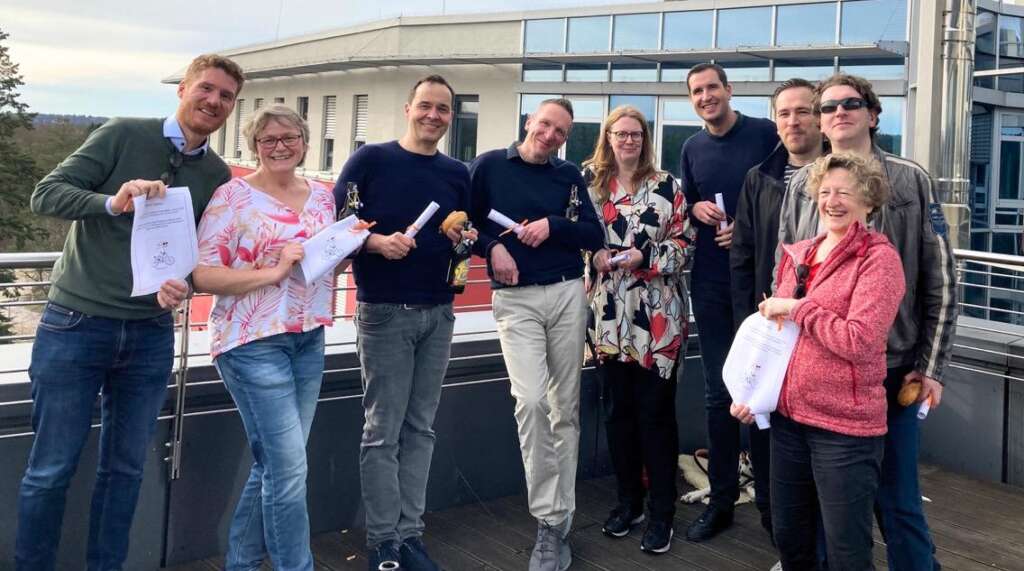
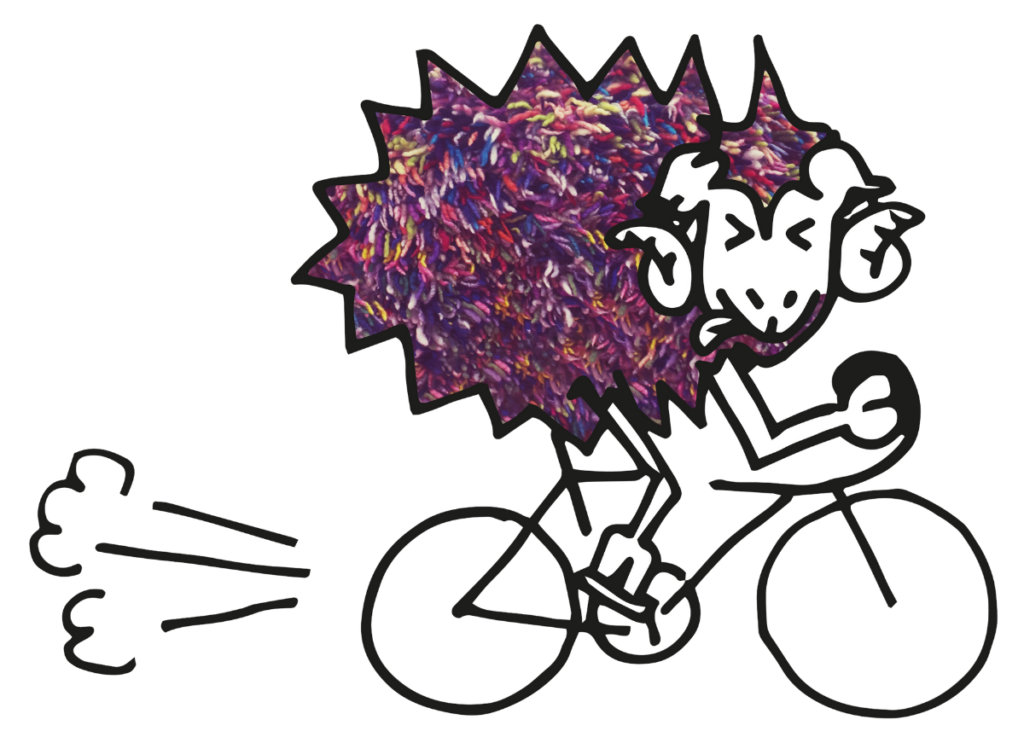
As word spread about their initiative, more colleagues joined in, and our company provided incentives like secure bike storage and workplace showers. The Green Cyclists became local sustainability advocates, exemplifying our commitment to environmental responsibility.
Through their efforts, The Green Cyclists demonstrated that even small changes can make a significant ecological impact, inspiring others to consider greener commuting options for a healthier and more sustainable future.
A Season of Giving
Our Colleagues Support Local Organizations in Need
During the holiday season, a group of our kind-hearted colleagues came together to make a difference in their local community. They organized a festive tombola and an internal garment sample sale, with the aim of raising funds for two organizations.
The proceeds from these events were shared between Klabautermann e.V., a non-profit organization dedicated to supporting chronically ill children, and Heinzelmännchen für OHA e.V., which provides assistance to homeless and low-income individuals. Our colleagues’ efforts helped make a meaningful difference in the lives of those supported by these remarkable organizations.
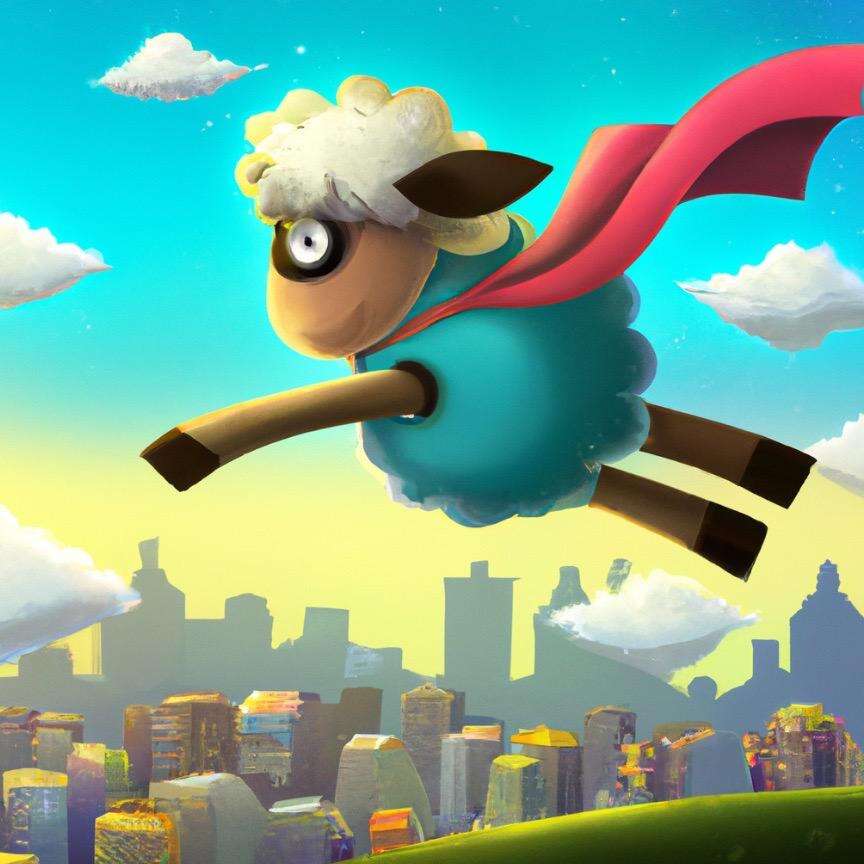
DATA
Spinning
In our spinning mills, raw or top dyed wool tops are spun into yarn. For this process, mainly electricity is used, which is why we are increasing our investments in solar power to reduce our carbon footprint.
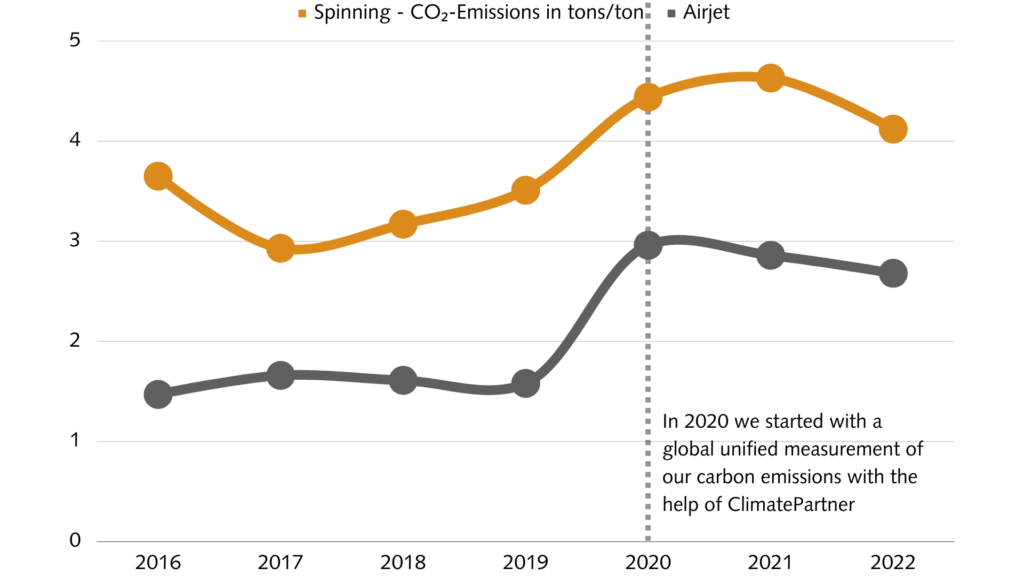
Lower emissions in 2022 compared to 2021 due to higher production efficiency and extended usage of solar power.
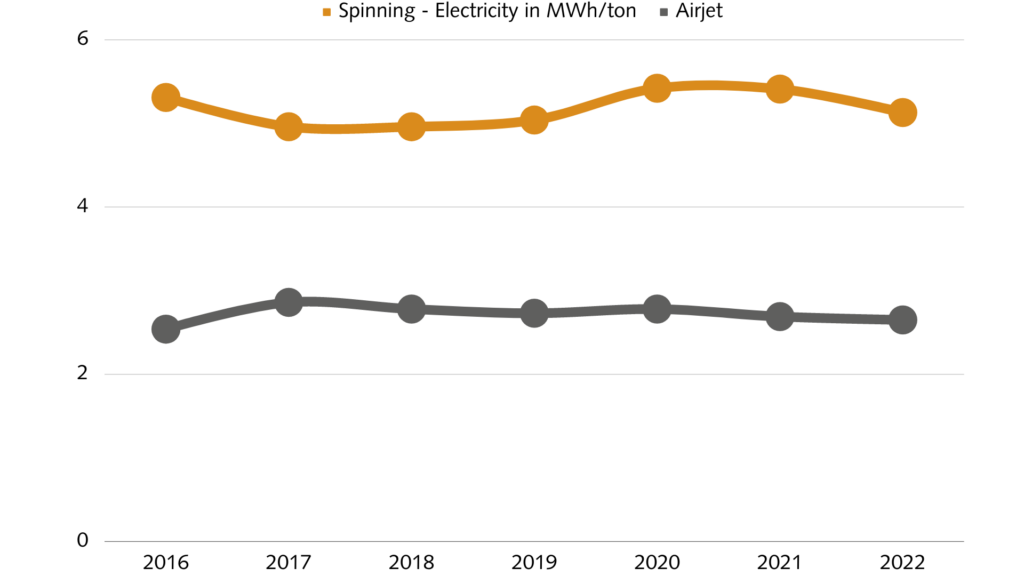
Higher production efficiency in 2022 compared to 2021
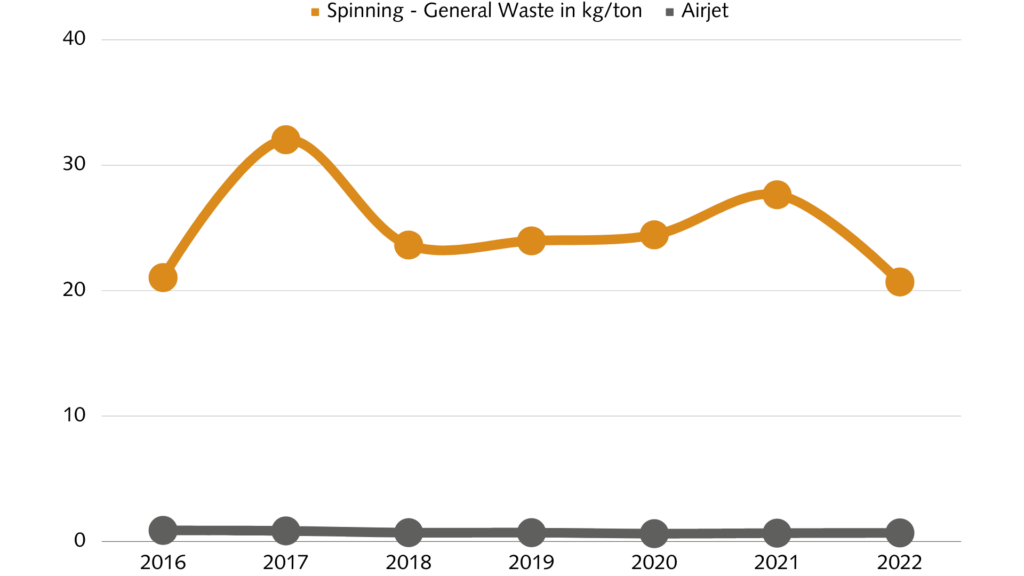
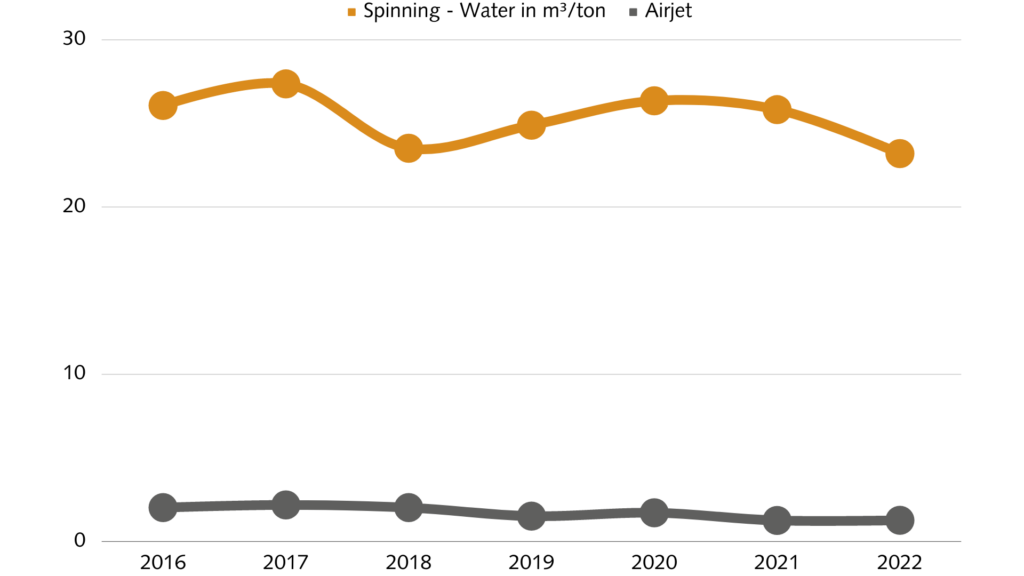
Dyeing & Treatment
During treatment, the surface of the wool fibres are being altered to prevent shrinkage and therefore improve the washability of the final garment. Aside from electricity for the machines, mainly water and chemicals are being used during this process.
The dyeing process is a highly important step during yarn production. The dyeing can take place either before or after spinning. Through ongoing revision and improvement of processes as well as investing in new dyeing vessels, we were able to cut down on overall resource consumption.
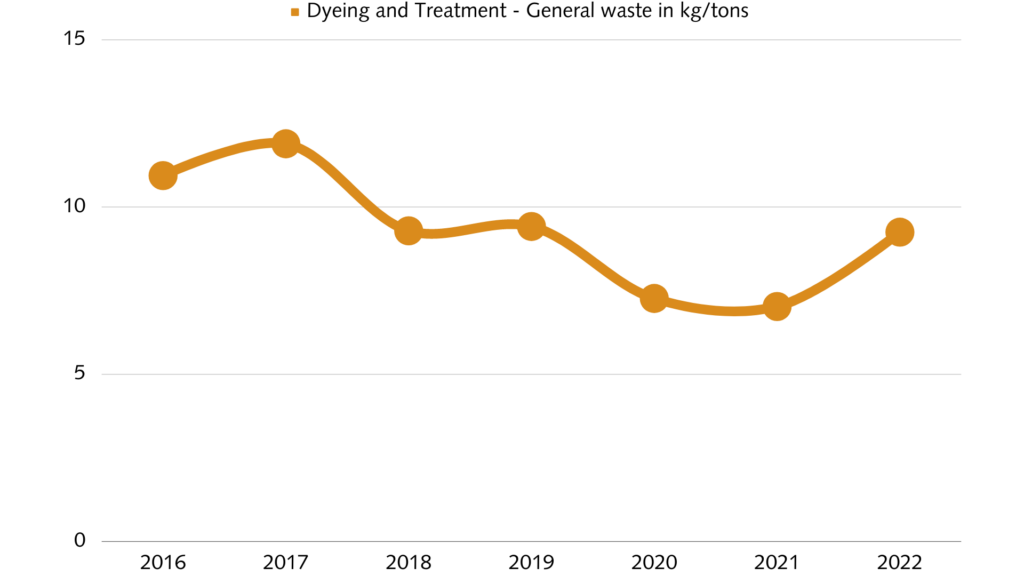
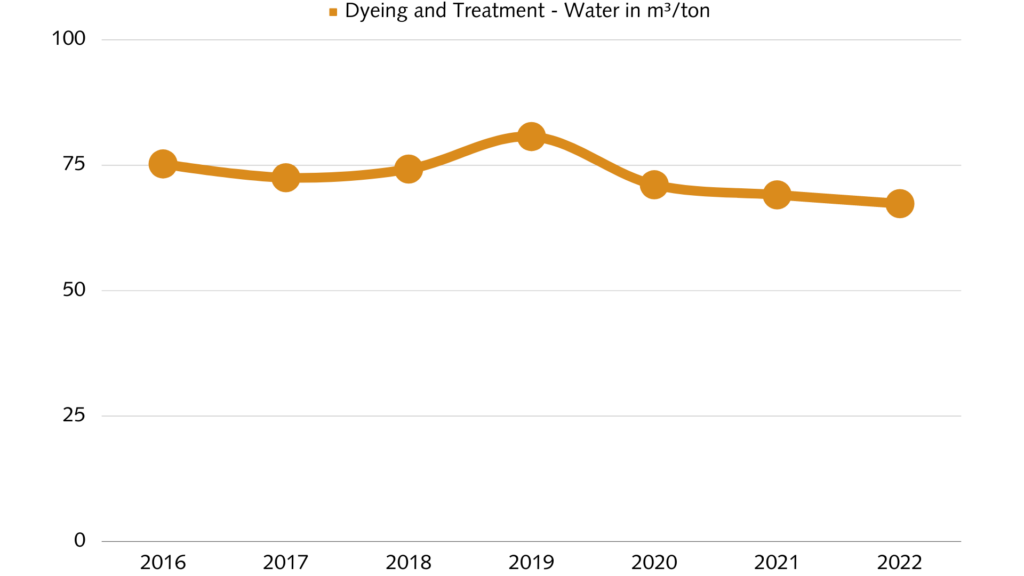
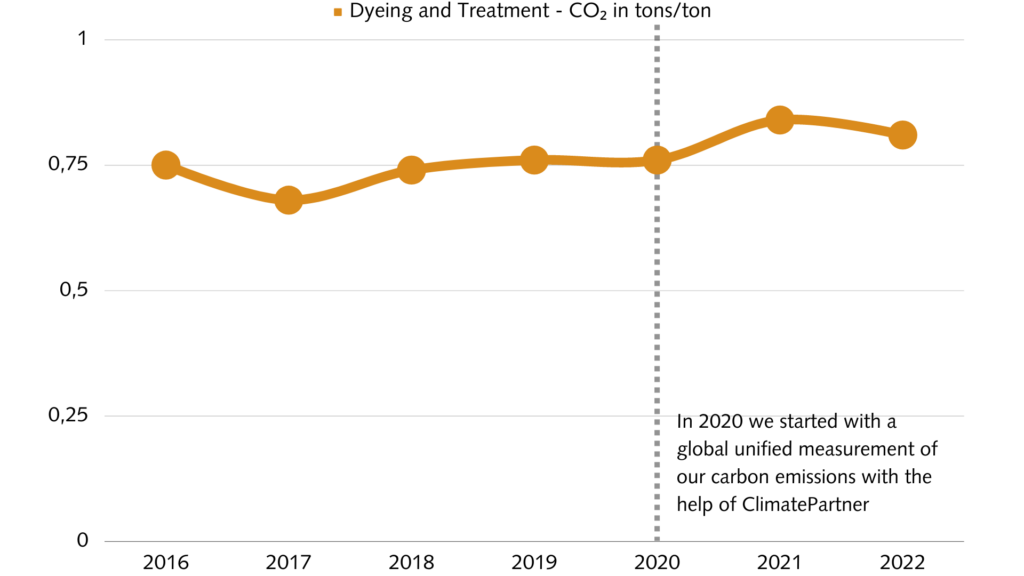
Lower emissions in 2022 compared to 2021 due to higher production efficiency and extended usage of solar power
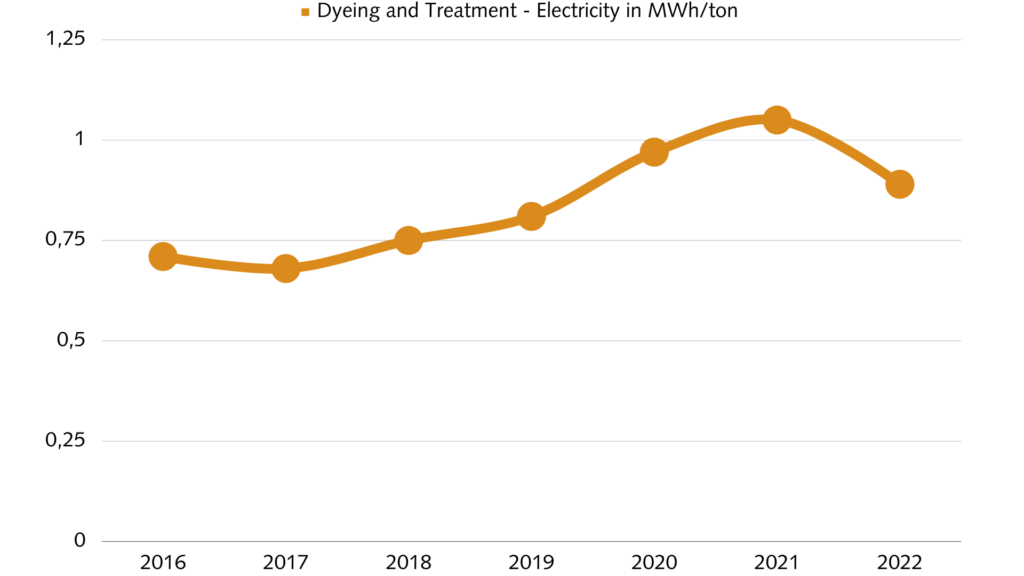
Higher production efficiency in 2022 compared to 2021
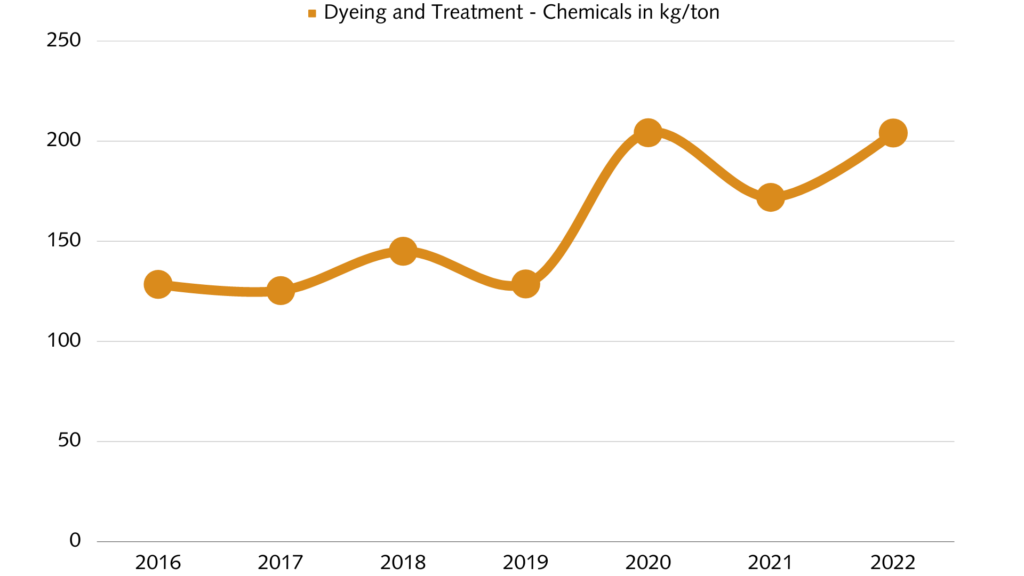
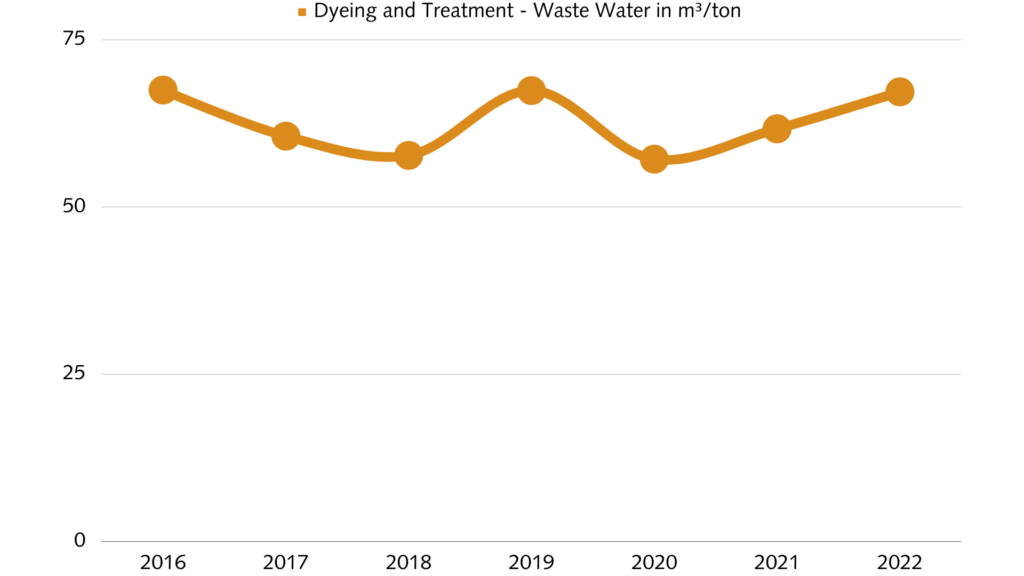
Closure of Safil Dyehouse in 2021 which was using relatively low amounts of water per produced kg


